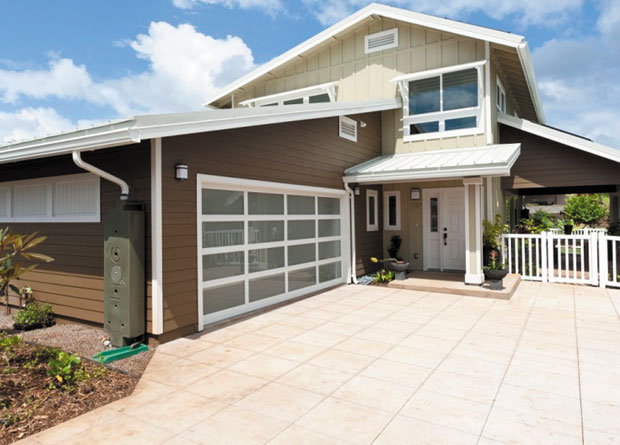Why is the housing cost so high in Hawaii? The process is broken. We must change the process, and we need your help. Currently the no-growth minority, who already have their homes, have the loudest voices. They are preventing the silent majority from becoming homeowners. This is the first in a series of articles that will disclose to you the “cost drivers” of homes in Hawaii.
The Land Use entitlement process
Hawaii’s centralized land use entitlement system involves the State Land Use Commission and the respective County Planning Commissions and Planning Departments. The State Land Use Commission (LUC) classifies or designates all of the lands in the state (fast and submerged lands) into one of four land use districts: Urban, Conservation, Rural and Agriculture.
• Urban district (+/-194,000 acres), managed by the Counties through their respective General Plans, Community Plans, Development Plans, Land Use and Zoning maps. Reclassification of 15 acres or less of lands from the Agricultural District are also processed by the County and not the LUC.
• Conservation district (+/-1.9 million acres), managed by the State Board of Land and Natural Resources.
• Rural district (+/-10,000 acres), managed by both the State Land Use Commission and the Counties.
• Agricultural district (+/-1.9 million acres), managed by both the State Land Use Commission and the Counties.

The entire State of Hawaii is approximately 4 million acres in size, thus the Conservation and Agricultural districts comprise approximately 95 percent of all of the land in the State of Hawaii.
Generally, only the State Land Use Commission can reclassify lands into or out of the four land use districts. Once lands are classified as Urban, the Counties are responsible for zoning (i.e. residential, apartment, commercial, retail, industrial, public/open space, etc.) lands in the urban district based on their General/Development and/or Community Sustainable Plans. Once zoned, the Counties then issue various permits and agency approvals for individual projects based on the underlying zoning with mitigation measures (i.e. conditions) to address for perceived impacts from the project.
The overlapping jurisdiction becomes apparent when you realize that while the LUC considers statewide impacts in their reclassification analysis, many of the conditions imposed by the LUC on reclassification of lands are based on urban planning/zoning issues administered by the County. Given that the Counties are responsible for infrastructure planning in the Urban district, it may be an appropriate time to question whether or not the overlapping jurisdictions provide any “public” benefit in the final decision.
The recent Koa Ridge project raises questions about the need to revisit the land use entitlement process in Hawaii. The project took more than 10 years to get through State Land Use Commission for an area that was identified by the County as an area for future growth. Should the process to reclassify lands by the state take 10 years once the county identifies an area for planned urban expansion? The additional time and costs to reclassify the lands at the State added up to more than $100,000 to each of the housing units in the development. Was it really necessary?
Email your comments to Karen Nakamura at ktn@biahawaii.org.
Karen Nakamura is CEO of the Building Industry Association of Hawaii.